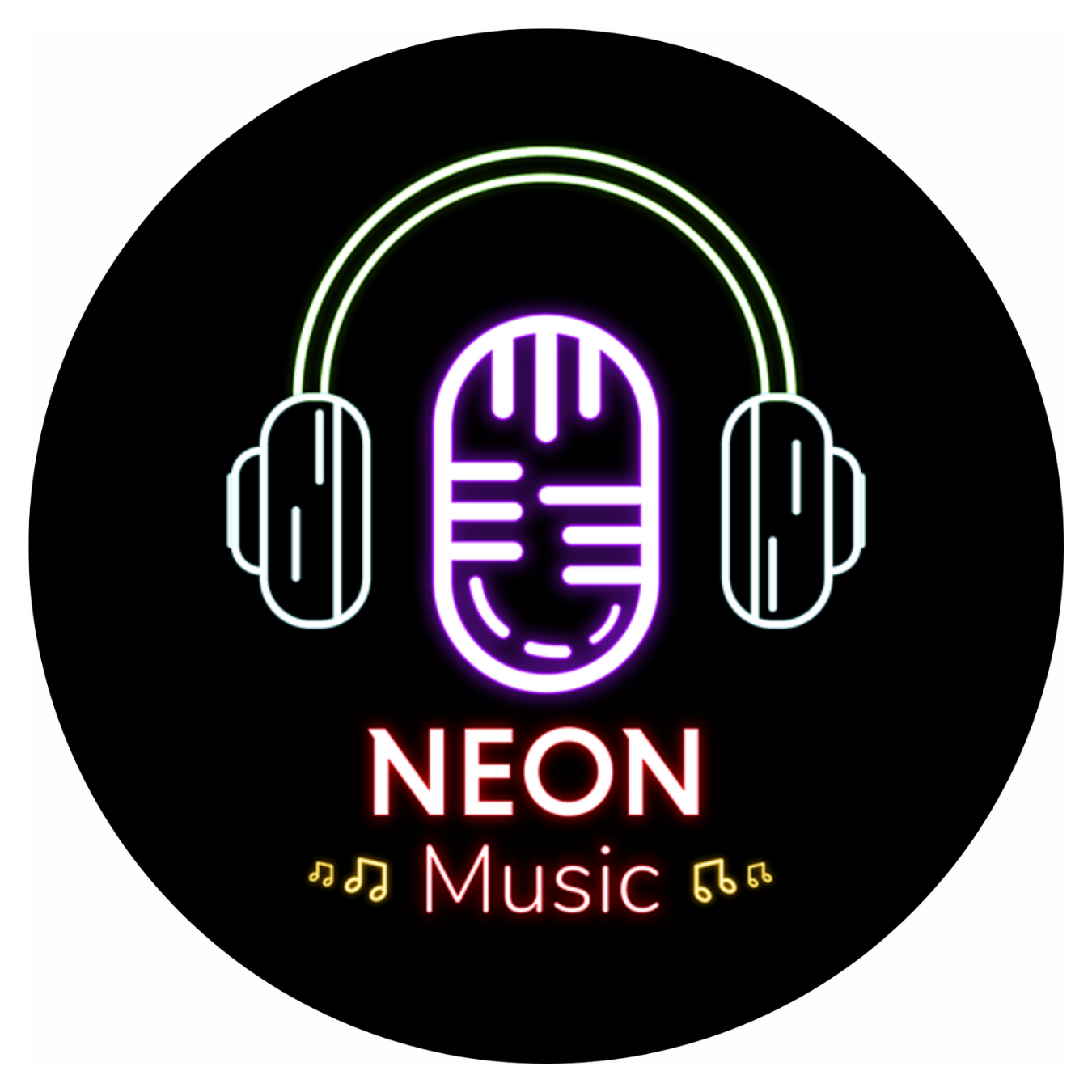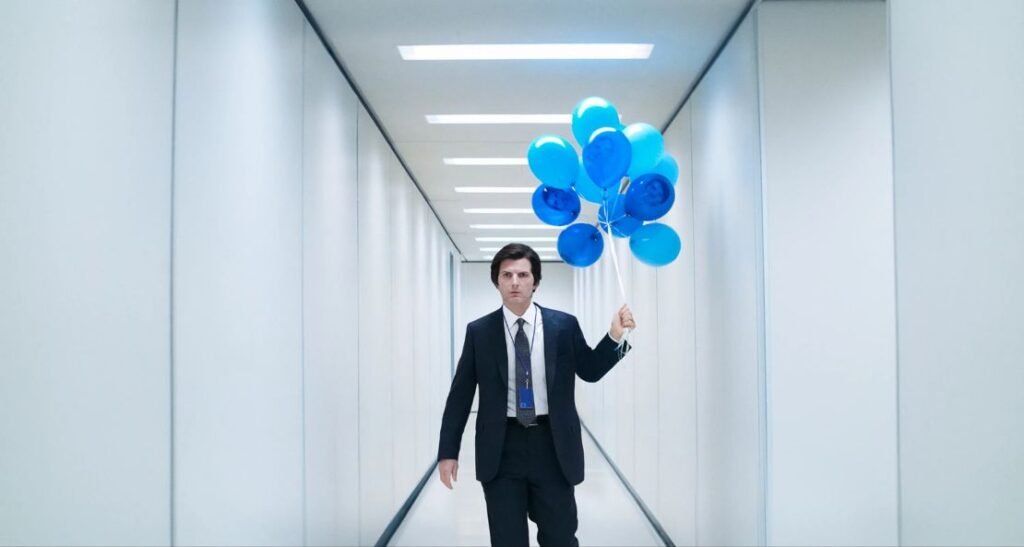The wait is over. Severance Season 2 is here, and Apple TV+ has once again delivered a corporate nightmare wrapped in eerie aesthetics, dark humour, and existential dread.
If Season 1 left viewers questioning their work-life balance, Season 2 twists the knife deeper into the unsettling reality of Lumon Industries.
With new revelations, expanded world-building, and even more questions than answers, the show cements its place as one of the most gripping and disturbing series in modern television.
Innies vs. Outies: What You Need to Know
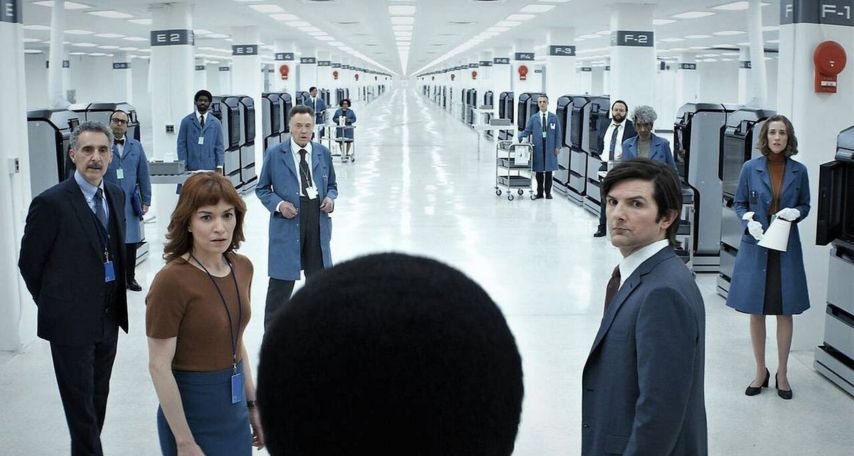
If you’re new to Severance, understanding the “innie” and “outie” concept is crucial.
Employees at Lumon Industries undergo a surgical procedure that splits their consciousness into two distinct identities: their “innie,” who exists solely within the workplace, and their “outie,” who has no memory of what happens at work.
This means an employee can walk into Lumon’s doors and, for all intents and purposes, disappear until the workday ends. The ethical implications? Immense.
Season 1 explored the eerie consequences, while Season 2 takes it even further.
What’s New in Season 2?
Picking up right after the Season 1 finale’s jaw-dropping cliffhanger, the new season wastes no time throwing viewers back into the tense, disorienting world of Lumon Industries.
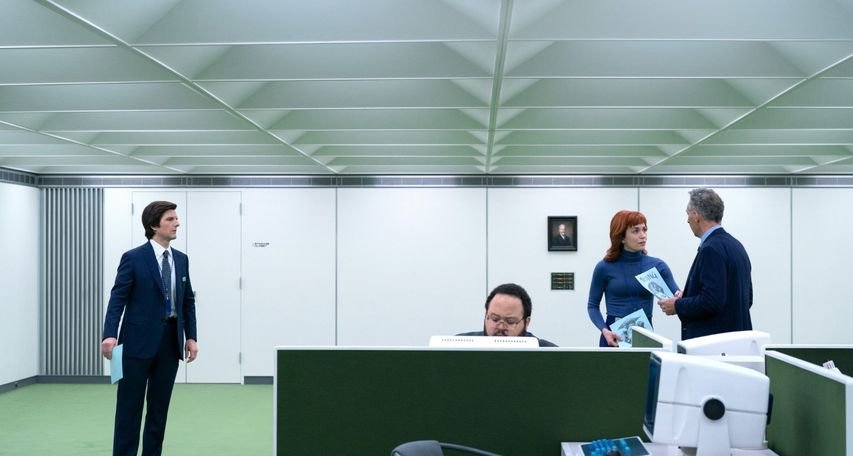
Irving discovered that Burt (Christopher Walken) may have moved on, Helly realised she’s Helena Eagan—heiress to the very company she loathes—and Mark’s worst fears were confirmed: his supposedly dead wife, Gemma (Dichen Lachman), is alive and trapped within Lumon as Ms. Casey.
If Season 1 focused on the concept of severance itself, Season 2 leans into its consequences.
The newly assembled MDR team (featuring Bob Balaban, Alia Shawkat, and Stefano Carannante) raises more questions than answers.
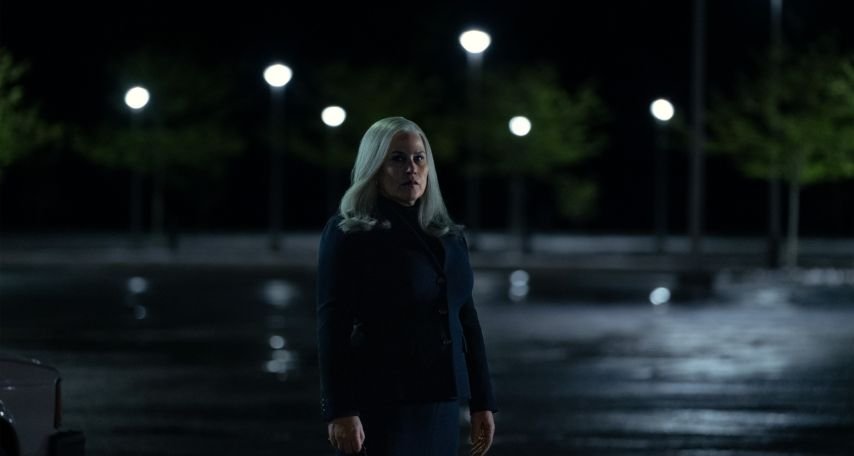
Meanwhile, Ms. Cobel (Patricia Arquette) remains as menacing as ever, her true motives as murky as Lumon’s basement corridors.
Why Severance Keeps Viewers Hooked
A Visual and Psychological Masterpiece
Ben Stiller’s direction elevates the show into something almost hypnotic.
The office remains a suffocating labyrinth of sterile white walls, while the outside world feels cold, distant, and emotionally barren.
Season 2 continues its impeccable visual storytelling, with dynamic camerawork that shifts perspectives in unsettling ways.
Phenomenal Performances Across the Board
Adam Scott continues to deliver career-best work, seamlessly navigating the duality of Mark’s two lives.
Turturro and Walken’s on-screen chemistry remains heart-wrenching, while Britt Lower’s performance as Helly/Helena grows even more layered.
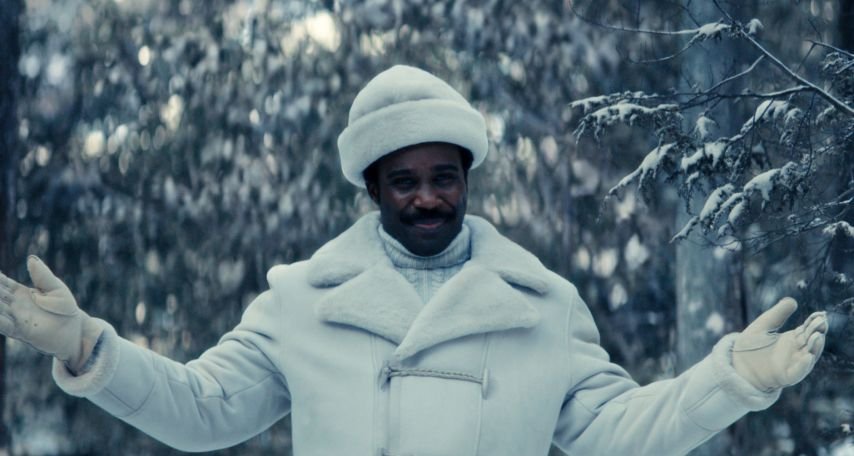
Tramell Tillman’s Milchick is somehow even more menacing this season, proving that Lumon’s true power doesn’t lie in its technology, but in its ability to manipulate people.
The Mystery Keeps Deepening
Season 2 doesn’t just rehash old mysteries—it builds upon them. What exactly is the purpose of the severance program?
Why is the company so obsessed with “curing” its employees? And most disturbingly, what happens when an innie “retires”?
The show offers some answers, but each one only leads to more questions.
Corporate Control and the Reality of Severance
Beyond the sci-fi thriller aspects, Severance continues to resonate because it taps into something deeply relatable: the modern struggle between work and identity.
Lumon Industries isn’t just a fictional corporation; it mirrors real-world workplace culture, where employees are expected to “leave their personal lives at the door” and dedicate themselves entirely to their jobs.
The show also critiques the way companies manipulate employees into compliance through incentives that are ultimately meaningless—tiny perks like finger traps and waffle parties mask deeper systemic exploitation.
Employees are isolated from any sense of autonomy, with surveillance, cult-like rituals, and punishment disguised as “team-building.”
Season 2 expands on this theme, showing how those who begin to question their reality face resistance not just from management, but from coworkers who have been conditioned to accept their fate.
Severance also plays with the idea of corporate-owned memory. If an employee cannot remember what happens at work, can they ever be exploited?
The show challenges our assumptions about free will in the workplace, drawing eerie parallels to real-world corporate practices that push employees to overwork while eroding the boundaries between personal life and professional duty.
Should You Watch Season 2? Absolutely.
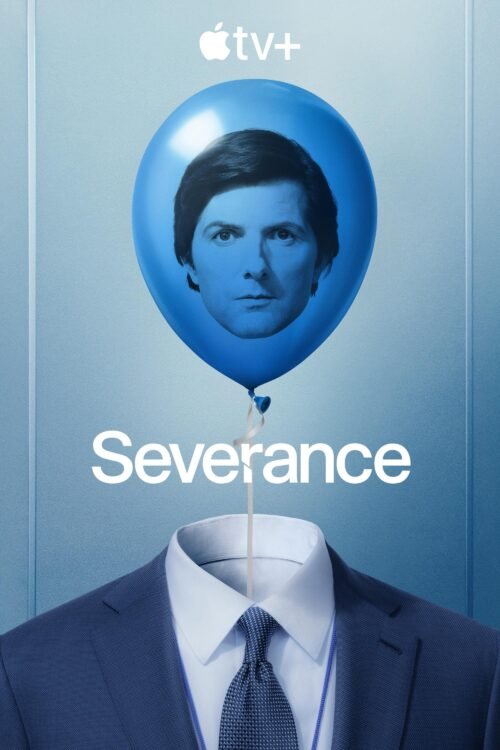
After nearly three years, Severance has returned with a vengeance. Season 2 is more ambitious, more unsettling, and arguably even better than its predecessor.
The show’s ability to balance absurdity, horror, and emotional depth is unparalleled, making it essential viewing for anyone who enjoys storytelling that lingers long after the credits roll.
So, is Season 2 worth watching? Absolutely. Just don’t be surprised if you start looking at your own office a little differently after each episode.

